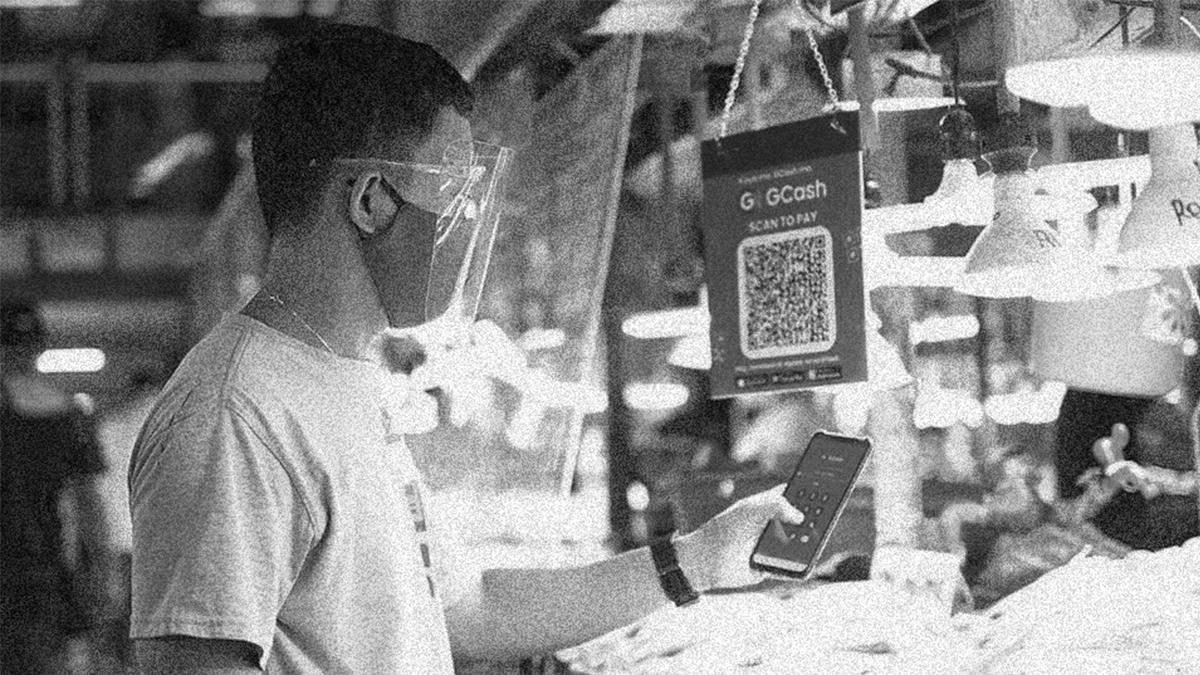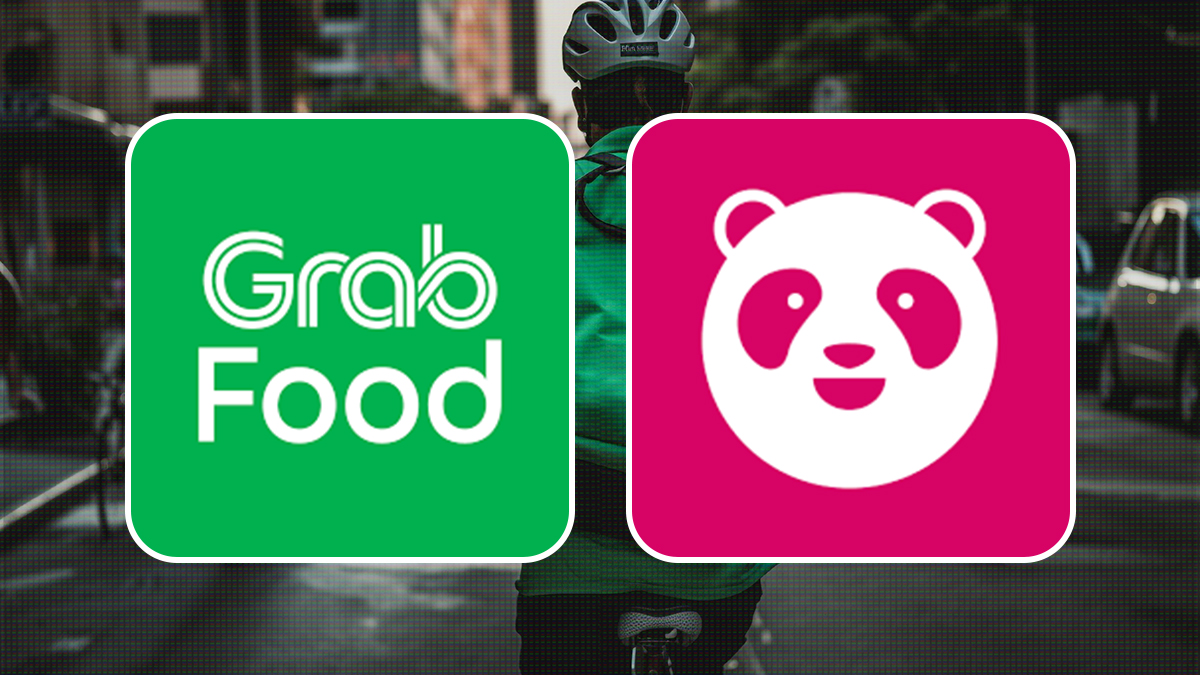You step out of school, backpack heavy with notebooks and deadlines, and head straight for the corner. It’s late afternoon, and the air is thick with the scent of deep-fried dreams—fishballs, kwek-kwek, calamares—all sizzling in golden oil. You dig into your pocket and count the last of your allowance. Just enough for Manong’s famous 3-for-5 pesos and a generous scoop of orange sauce.
No menu. No receipts. Just nods, sauce choices, and trust. This is the after-school ritual, the comfort food of students and workers alike. The turo-turo, the food cart, the kanto stall. It’s where stories are swapped, friendships are formed, and flavors become memories.
But quietly, things are changing.
Swipe, Dip, and Fry

In recent years, Filipino street vendors have started blending tradition with tech. It’s part of a broader movement called inclusive innovation—making sure even the smallest players benefit from digital progress. Tools like QR codes and mobile apps aren’t just trendy; they’re opening doors to the digital economy.
Across cities and barangays, micro foodpreneurs are going cashless. Where coins once ruled, laminated GCash and Maya QR codes now hang proudly on stalls. It’s fast, secure, and perfect for a generation that might not carry change but never forgets their phone.
Social media is also changing the game. Vendors post daily menus, promos, and shoutouts on Facebook and TikTok, reaching customers far beyond foot traffic. Some even take pre-orders via Messenger, making transactions smoother and more efficient.
The Delivery-Only Hustle

As vendors look to grow, many are tapping into delivery apps and online platforms. This is the platform economy in action—connecting small food businesses with hungry customers through apps like GrabFood and FoodPanda.
Some are skipping the physical stall altogether, opting for ghost kitchens—delivery-only setups with no storefront. For popular micro brands, renting space in a shared cloud kitchen means reaching more customers while keeping operations lean.
The Future Digital Turo-Turo
The food cart of tomorrow will be powered by more than just oil and hustle. Mobile POS systems can help vendors track sales and understand customer habits. These tools streamline prep, reduce waste, and boost profits.
Inventory apps prevent overbuying, while loyalty programs keep suki customers coming back. Even AI-powered dashboards are entering the scene, offering pricing tips and bundle suggestions based on real data.
Cloud kitchens provide scalable growth without the need for physical expansion. Shared facilities and delivery infrastructure let micro foodpreneurs grow smart and sustainably.
MSME Glow Up
Digitalization is a big win for Filipino MSMEs. It levels the playing field, giving small vendors access to tools once reserved for big businesses. With just a smartphone, they can accept payments, promote their brand, and join delivery platforms.
POS systems offer financial clarity—tracking income, managing costs, and even helping with microloan applications. Social media builds brand identity and trust within the community.
Best of all, tech-enabled growth is low-risk and scalable. Cloud kitchens, online ordering, and mobile platforms let MSMEs test markets and expand without huge investments.
Sustainability in Every Bite
Going digital isn’t just about convenience—it’s also about sustainability. With better tracking tools, vendors can reduce food waste by prepping smarter. Pre-orders and data-driven schedules mean fewer spoiled ingredients and more efficient cooking.
Hyperlocal delivery cuts down on transport emissions, while smarter order data helps reduce packaging waste. Shared kitchen spaces save energy and promote resource sharing, especially for vendors without permanent stalls.
In short, digital tools help micro food businesses operate more mindfully—without sacrificing flavor or profit.
Final Bite
The neighborhood food cart, once powered by hustle and hand-me-down sauce recipes, is now running on data, digital tools, and a drive to grow. And honestly? We’re all for it.
Tech is making life easier for vendors and suki alike. But let’s not lose the heart of it all. We still want our turo-turo moments—the nods, the sauce choices, the stories.
So yes, let’s embrace innovation. But let’s also keep the warmth and flavor that made these stalls our go-to in the first place. The future can be high-tech and still taste like home.
Words by Aljhelyn Piador
Also published in GADGETS MAGAZINE Volume 26 No. 1 Issue.


